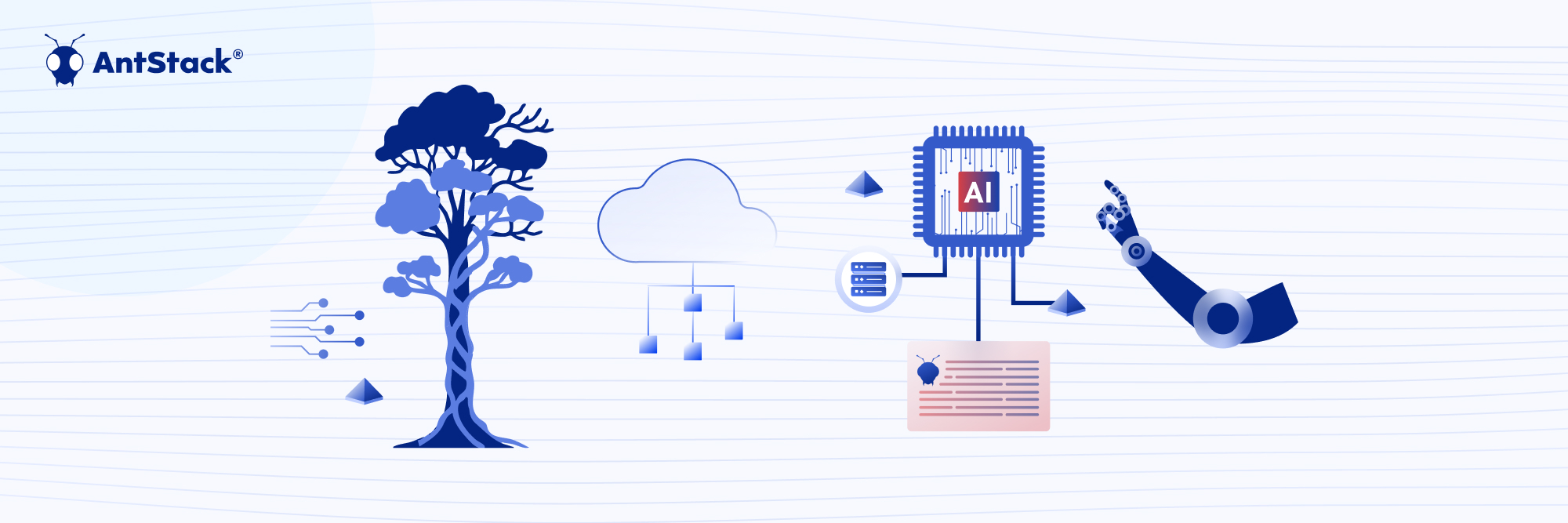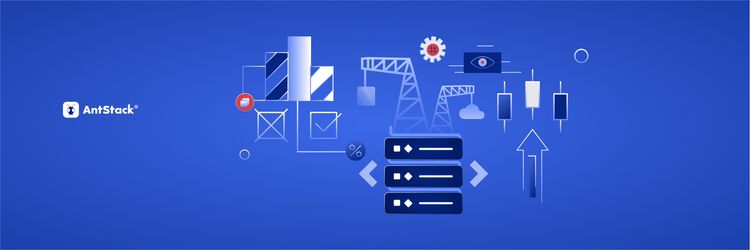Strangler Fig, Serverless, and Agentic AI: It’s Not the Future, It’s the Present
Modernization is no longer a roadmap item. In today’s AI-native economy, it’s a matter of survival.
Every boardroom I step into tells the same story: enterprises know they need to modernize, yet they remain tethered to systems designed for a pre-cloud, pre-AI world. These monoliths, once their greatest assets, have quietly become operational bottlenecks, taxing engineering velocity, delaying innovation, and adding friction to every strategic move.
The hesitation is understandable. For decades, modernization was synonymous with high-risk, multi-year rip-and-replace projects, initiatives that drained budgets, disrupted operations, and often delivered too little, too late.
But the landscape has shifted. We’ve entered an era of gradual transformation, not forced replacement, with the Strangler Fig Pattern.
What’s changed is the toolkit: Agentic AI frameworks can now decode and refactor decades-old systems with speed, while serverless-first architecture delivers scale and cost efficiency without heavy lift.
The Strangler Fig Pattern: Modernization as a Living Transition
I’ve always been drawn to the metaphor of the strangler fig. In nature, it doesn’t destroy its host tree in a single act. It grows around it gradually, branch by branch, until the old eventually yields to the new.
That philosophy applies beautifully to modernization.
- Modular Wrapping: Legacy monoliths are enveloped by new, standalone services and APIs without tearing the entire system down.
- Incremental Migration: Traffic is selectively routed to these new components, allowing coexistence during the transition.
- Gradual Retirement: Old legacy modules are phased out one piece at a time, minimizing risk.
With AI-assisted analysis and cloud-native tooling, the strangler fig has become a practical model for large-scale transformation.
The real strength of this pattern is optionality. Leaders don’t have to bet the company on a multi-year migration. Instead, they can choose which components to modernize first, based on business value and technical feasibility.
AI: The Multiplier Modernization Has Been Waiting For
The biggest barrier to modernization used to be human bottlenecks: the painstaking reverse engineering of code nobody fully understood, the scattered “tribal knowledge” that lived in the heads of a few long-tenured engineers, and the sheer volume of technical debt baked into legacy workflows.
AI changes that dynamic entirely. With the right frameworks;
- Automated Legacy Comprehension: Advanced AI models analyze COBOL, RPG, .NET, Java, and other old languages to decode complex legacy codebases.
- Business Logic Mining: AI extracts embedded workflows and decision logic hidden in the archaic code.
- Data-Driven Prioritization: Agentic AI identifies high-impact components ideal for modular replacement to ensure safe and strategic modernization.
Think of AI not just as an assistant, but as a multiplier, accelerating discovery, refactoring, and migration in ways that were impossible only a few years ago.
AntStack’s AgentOps framework creates an intelligent pipeline where AI agents chunk, refactor, and regenerate code while preserving system behavior. This scalable, multi-layered approach spans frontend, backend, data layers, and infrastructure, slashing manual effort and risk.
Modernization Beyond Just Code
Code is the most visible artifact of modernization, but in reality, it’s only one layer of the transformation. To truly evolve, modernization must encompass every aspect of the enterprise stack, including applications, infrastructure, data, processes, and even culture.
Here’s how I’ve come to think about it:
1. Application Code
Modularize monoliths into cloud-native apps using React + TypeScript on the frontend and Node.js or Python on the backend. Embrace event-driven architectures and scalable microservices for agility.
2. Infrastructure
Adopt an AWS-native, serverless-first stack using Lambda, EventBridge, Fargate, and Step Functions. Benefit from auto-scaling, resilience, and enhanced security, all with reduced operational overhead.
3. Data
Migrate legacy data stores, such as EMR/Redshift, to modern platforms like Databricks, Aurora, or Snowflake. Prepare high-quality datasets optimized for the enablement of generative AI and machine learning.
4. Process
Embed CICD pipelines, observability, and an API-first culture. Modernization requires operational excellence, from deployment to monitoring, ensuring ongoing velocity and reliability.
5. Talent & Culture
Modernization is also a cultural reset. AntStack facilitates six-week transition sprints where teams co-engineer alongside our experts, building skills, confidence, and engagement.
6. FinOps
Cloud cost optimization becomes transparent. Our serverless-first approach often achieves ROI within the first year by reducing total cost of ownership (TCO) and eliminating wasteful spending.
Agentic AI: Modernization by AI, for AI
The most profound shift is this: AI isn’t just the destination of modernization. It’s the engine that powers the journey itself.
AntStack’s GenAI-powered agents feature:
- Rapid parsing and rebuilding of decade-old frontend systems
- Automated backend refactoring for scalability, modularity, and maintainability
- Auto-generation of APIs, test cases, and exhaustive documentation
- Real-time decision-making and multi-agent collaboration for dynamic workflow orchestration
Where once you needed months of manual effort and prompt engineering, you can now expect structured, repeatable outcomes with enterprise-grade quality.
That’s not just acceleration, it’s a paradigm shift.
The outcomes?
- 10x engineering throughput
- 40–70% reduction in DevOps and infra overhead
- Institutional knowledge preserved, not lost
- Modernization cycles cut from years to weeks
This isn’t about incremental improvement. It’s a transformation that compounds over time.
If I had to sum it up, here’s how the shift looks
Legacy Way
|
Modern Way
|
Modernization doesn’t have to be disruptive. The combination of the Strangler Fig Pattern, serverless-first design, and agentic AI frameworks offers a path where organizations can preserve business continuity while accelerating into the future.










